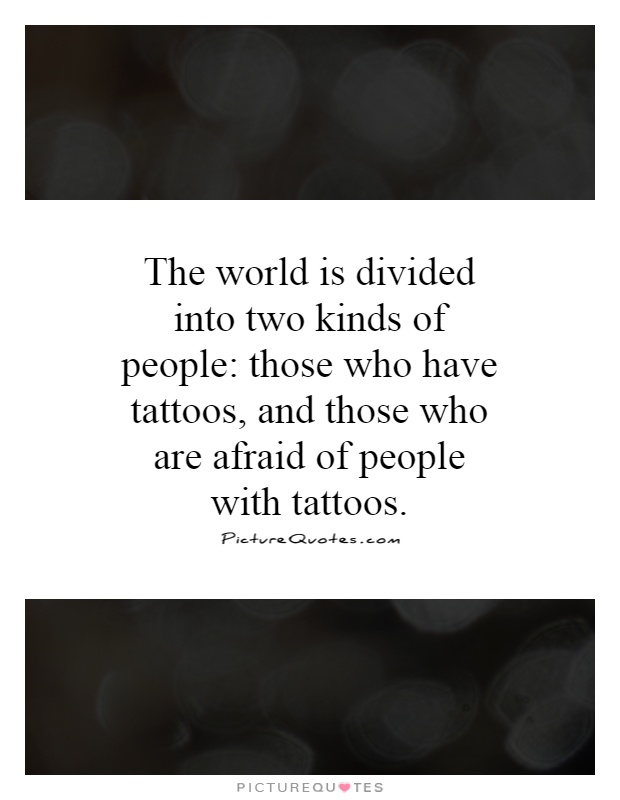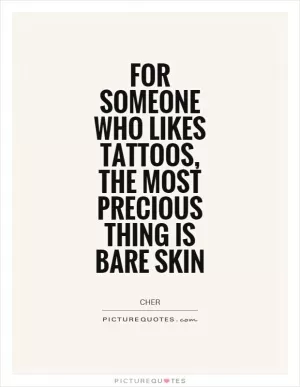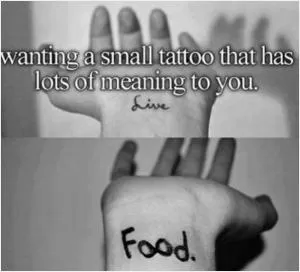The world is divided into two kinds of people: those who have tattoos, and those who are afraid of people with tattoos

The world is divided into two kinds of people: those who have tattoos, and those who are afraid of people with tattoos
Tattoos have long been a form of self-expression and artistry, with a rich history dating back thousands of years. However, despite their popularity and widespread acceptance in modern society, there still exists a divide between those who have tattoos and those who are afraid of people with tattoos.For those who have tattoos, their body art is a reflection of their individuality, beliefs, and experiences. Tattoos can hold deep personal meaning, serving as a reminder of a loved one, a milestone in life, or a symbol of cultural heritage. Many people choose to get tattoos as a way to express themselves creatively, to make a statement, or simply because they find the art form aesthetically pleasing. For these individuals, tattoos are a source of pride and empowerment, a way to showcase their unique identity to the world.
On the other hand, there are those who are afraid of people with tattoos, viewing them as rebellious, unprofessional, or even dangerous. This fear is often rooted in stereotypes and misconceptions about individuals with tattoos, perpetuated by societal norms and media portrayals. People who are afraid of tattoos may associate them with criminal behavior, deviance, or a lack of respect for authority. They may also hold negative beliefs about the permanence of tattoos, fearing that those who have them will regret their decision later in life.
This divide between those who have tattoos and those who are afraid of people with tattoos highlights the ongoing stigma and discrimination faced by individuals with body art. Despite the growing acceptance of tattoos in mainstream culture, there are still many misconceptions and prejudices that persist. It is important for society to challenge these stereotypes and embrace diversity in all its forms, including the art of tattooing.












 Friendship Quotes
Friendship Quotes Love Quotes
Love Quotes Life Quotes
Life Quotes Funny Quotes
Funny Quotes Motivational Quotes
Motivational Quotes Inspirational Quotes
Inspirational Quotes